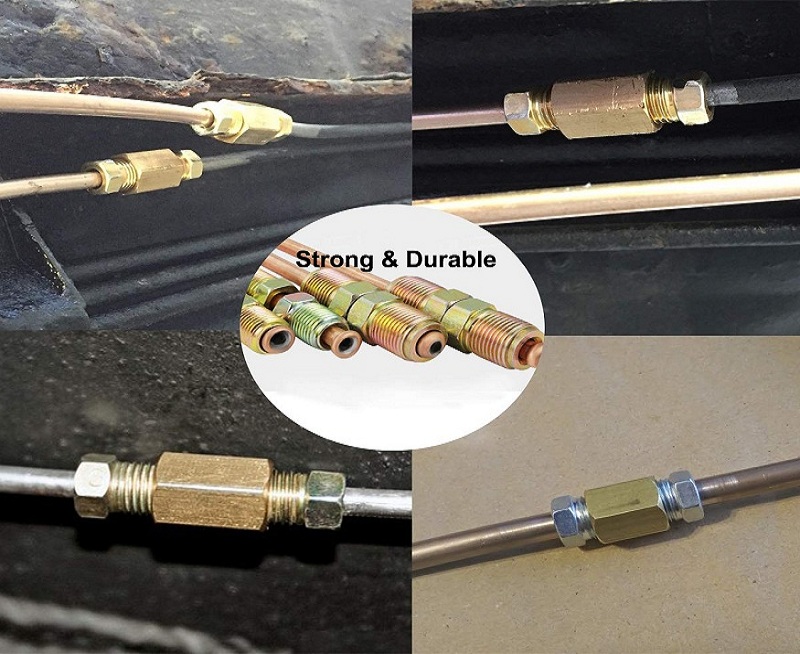It is always a scary business when you are looking to buy brake line fittings for your vehicle. Your vehicle’s braking system is essential for performance and safety. Brake line fittings are central to making sure that your braking system functions the way it should. Similar to solving a puzzle, to choose the right brake line fittings, you need to know how each component works. A proper understanding of the brake line components will help you make the right decisions. In this post, we provide valuable insights to help you make the right decisions when choosing your brake line fittings.
An introduction to brake line fittings for vehicles
The brake line fittings are an important component of a vehicle’s brake system. They are fittings that work along with the brake line to ensure proper fluid transfer around the vehicle. These fittings along with the brake line clips are a core component of the brake system. They all work like a piece of puzzle to enhance the performance of your car. Since each vehicle has a slightly different brake line system, it is important to know what works for your vehicle. Several types of brake line fittings include the inverted flare fittings, banjo fittings, and the compression fittings.
Compression fittings: They are simply reliable and easy to use
The compression fittings are a very reliable brake line fittings. They are also very easy to use. This fitting system comes with a sleeve and a nut which can be tightened to compress onto the brake line. With the brake line flaring tool, you can easily install these brake line components. They are commonly used in simple home-based brake line installations. When installing these fittings, proper tightening is crucial to maintaining brake line integrity and preventing leaks.
Inverted flare fittings: Great for sealing accuracy
The inverted flare settings are also commonly used in various vehicle brake systems. This set of brake line fittings has exceptional sealing and precision capabilities. It is a group set that comes with both the male and female components – when they are connected, they form a flare. With this flare, a tight seal is created which helps in the prevention of brake fluid leakage. The inverted flare fittings can be found in many vehicles due to their wide range of compatibility.
Banjo fittings: Brake line fittings with amazing design flexibility
The Banjo fittings are another common type of brake line fittings. This set of brake line components comes with a unique circular geometry, which features a banjo eyelet and a bolt. The fittings due to their flexible designs are known for their flexibility, which makes it suitable for them to be used around areas with space constraints. The bolt of this brake line set is made to pass through its eyelet, which helps to secure the connection for proper fluid flow. If the straight-line connection fitting does not work on your vehicle, this is the right option for you.
How to choose the right brake line fittings for your vehicle
Before you go out to buy the right brake line fittings for your vehicle, you will need to consider several factors. One of these is the type of brake system you have which may come with a copper nickel brake line, and so on. Other factors to consider are the type of vehicle you have as well as your style. When choosing the right brake line fittings, you will want to make sure that it is compatible with your vehicle’s design as well as comply with accepted industry standards. If you have doubts about choosing the right brake line fittings, you should hire a good mechanic.
The best installation tips for brake line systems
After choosing the right brake line fittings for your vehicle, you want to ensure that you properly install these components. You must follow the guidelines as listed by the manufacturers. In addition, also ensure that you adhere to the torque specifications. Furthermore, always ensure that you approach this process with quality equipment like a professional brake line flaring tool. This will help you achieve the recommended tightness for any brake line fittings that you choose. It is essential that you properly check all fittings for potential signs of corrosion, damage, or wear. The presence of these conditions can affect the serviceability and performance of the vehicle’s brake system.

